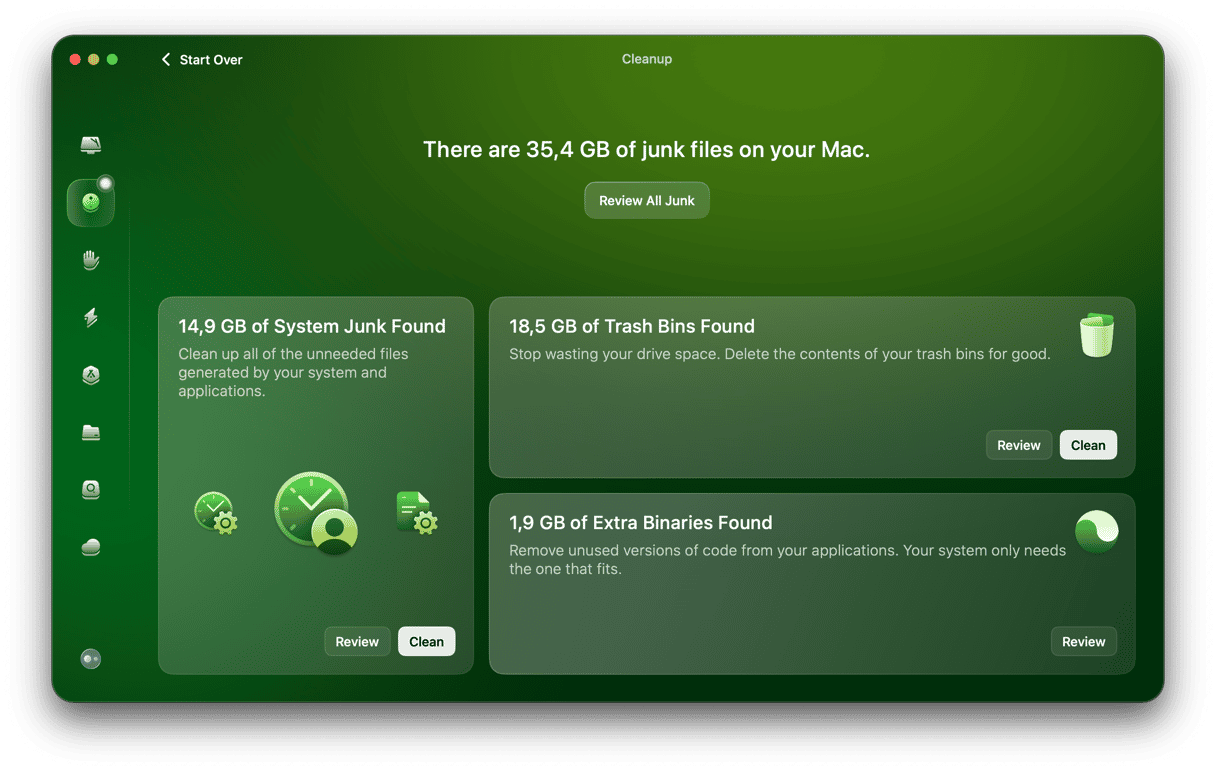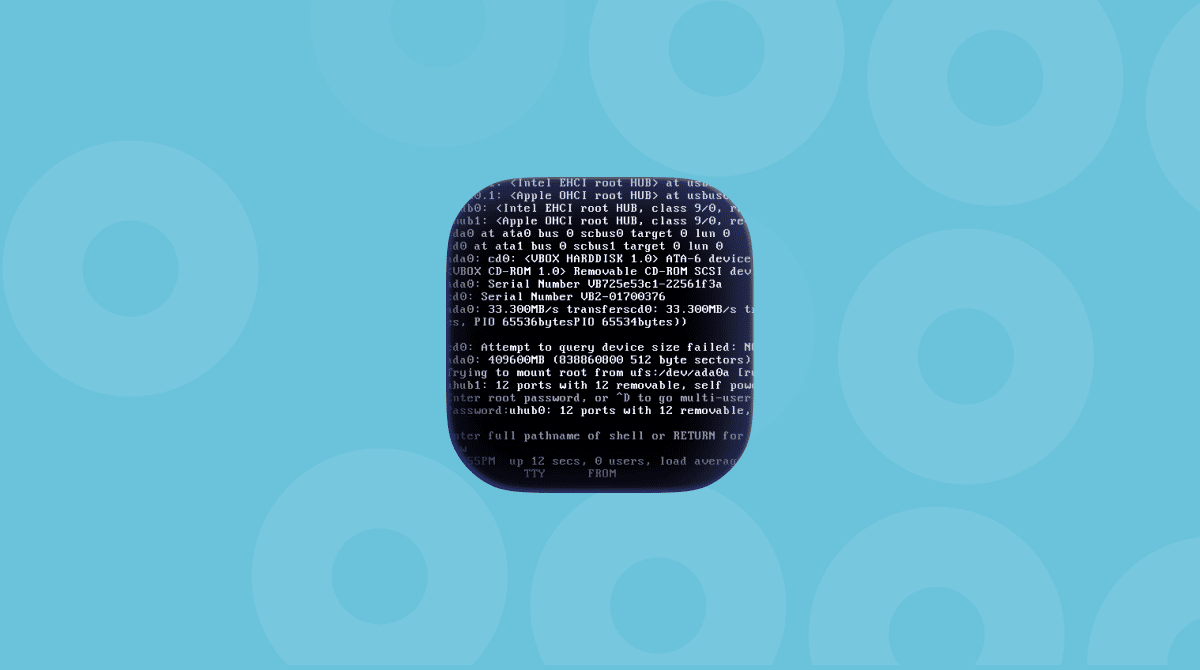Reasons to start your Mac in safe mode
Mac’s Safe Mode minimizes the applications you have available on your Mac to help identify where any issues might be coming from. Starting up your computer and making it run in safe mode is also known as a safe boot (safe boot is how your Mac starts, and safe mode is how it runs).
Booting in safe mode doesn’t just restrict your applications: A safe boot also checks through your startup drive to make sure there are no problems there.
A fault in your system (like a corrupted boot sector) might be preventing you from using your Mac at all. By booting in safe mode, your Mac can work with macOS core processes to get back into the system and identify problems, such as floating extensions or rogue applications, that you can then remove.
What happens in safe mode
When your computer is prompted to perform a safe boot, it will complete a number of tasks before you can use it, which include:
- A directory check of the startup drive;
- Running on only the bare minimum of necessary kernel extensions;
- Disabling all startup or login applications;
- Deleting the dynamic loader cache, which can help fix blue screen freeze on startup (OS X 10.5.6 or later);
- Disabling all fonts that are not supplied by Apple and moving all font caches to the Trash.
Troubleshooting in safe mode
Once your Mac is running in safe mode, some applications will no longer be available. If your Mac is working fine in safe mode, then it’s likely that one of the restricted applications is responsible for the issues. You can manage the list of startup applications manually, removing the potential buggy apps one at a time to see if it affects the performance:
- Open Apple Menu > System Preferences.
- Click Users & Groups icon.
- Choose your username, then click Login items.
- Use [-] sign to remove startup items.
There is still a problem, though. Manually deleting problem applications still leaves their traces deep in the system, so it’s best to use a dedicated Mac cleanup software like CleanMyMac to double-check your Mac is clear of any problematic files.

If your Mac continues to run into difficulties even in safe mode, you may need to use Mac’s native recovery tool, Disk Utility.
Identifying the problem
Here is a list of the most common system issues Mac users encounter when their Mac isn’t running at peak performance:
- Corrupted startup files or login applications
- Software conflicts
- Damaged hardware
- Too many apps running or too much junk cluttering up your disk
To diagnose your Mac more precisely, we recommend performing a full scan with some dedicated Mac cleaning app. As described above, CleanMyMac is our favorite (you can download this app here for free). This app made by the guys from MacPaw sports a handy Menu with hardware health monitors, among others, which should give you a clue as to what’s wrong with your system.
How to start your Mac in safe mode
This will depend on the model of your Mac. To find out which one you have, choose Apple menu > About This Mac. If you see an item labeled Chip in the overview pane, you have a Mac with Apple silicon. If there is Processor in this pane, your Mac is Intel-based.
For an Intel-based Mac:
- Turn on or restart the machine. As soon as your Mac switches on and lights up, press and hold the Shift key.
- Release the Shift key as soon as the login window appears.
That’s it; your Mac has now been booted in safe mode. Note that it may take longer than usual to boot your computer: this is because there are several checks being performed before it’s ready to use. There should be “Safe Boot” in the menu bar.
For a Mac with Apple silicon:
- Click Apple menu > Shut Down.
- Once it is completely shut down (all lights are off), press and hold the power button. Do not release it until you see “Loading startup options.”
- Select the volume and, after it, press and hold the Shift key.
- Next, click Continue in safe mode. After your Mac restarts, there should be “Safe Boot” in the menu bar.

Running your Mac in safe mode
If you’re not sure whether your safe boot was successful, there are a couple of ways you can check:
‘Safe Boot’ will appear in red in the menu bar
The boot mode will be listed as ‘Safe Mode’ (instead of ‘Normal’). To find your boot mode, click on the Apple logo in the menu (top left) and select About This Mac. Choose System Report, then Software, and from there, you will be able to see whether you are in normal or safe mode.
Your performance speed will change. Typically, macOS will run slower when it is in safe mode due to the reduced processes, but if you have noticed some serious lagging, this may be improved by the faulty applications being restricted.
Working in safe mode
Running your macOS in safe mode is normally used to troubleshoot glitches that you have noticed, such as lag, crashing, or spontaneous closures of applications. You should try to use your Mac as you normally do so that you can see if the issues have disappeared in safe mode or are still there.
You will find that some features aren’t available, such as third-party fonts, the DVD player, and audio in/out devices, which may limit how productive you can be, so it’s best to identify the fault in safe mode, fix it, and return to normal mode to work as usual.
Exiting safe mode
Once you’re finished in safe mode, simply restart your Mac. It should then reboot as normal — hopefully, with improved performance.
It may take a little longer than usual to shut down from safe mode, but don’t become impatient and use the power button to force a hard shutdown.
Booting in safe mode Unprompted
If your Mac automatically enters safe mode itself without any intervention from your side, don’t panic. Your Mac may have detected an issue that it thinks needs repairing in safe mode. If this happens only once, then great, your Mac did its job and cleaned up the issue before it could cause any more problems.
If your Mac is stuck restarting in a safe mode loop, try entering another startup configuration, the Recovery Mode.
For Intel-based Mac, it is done by pressing Command (⌘) + R upon startup.
For Mac with Apple silicon, follow these steps:
- Go to Apple menu > Shut Down.
- Once it is completely shut down (all lights are off), press and hold the power button. Do not release it until you see “Loading startup options.”
- Click Options > Continue. You may be asked to choose the volume to recover.
- Click Next. Now, choose an administrator account and hit Next.
- After entering your password and pressing Continue, you should see the recovery app in the menu bar.
This will perform a Disk Utility scan to check for issues, and if that doesn’t work and you have backed up your files, you can try reinstalling a clean copy of macOS to start fresh.
Tip: Check your keyboard is clean and that there is no debris beneath the keys. If the shift key has become stuck, your Mac will think it’s being pressed during startup to initiate a safe boot.
Safe mode limitations
Unfortunately, the responsibility to locate software issues still resides with the user in safe mode. A safe boot will check for disk problems, but if it fails to turn anything up, you may be resigned to shifting through your applications list to see what might be causing the problem.

Luckily, some helpful maintenance utilities can be run while in safe mode. CleanMyMac is one of those, so check it out. It clears through your junk before it can impact your system, but if your macOS is starting to lag, it might be time to perform a full clean-out of those unused applications. With an average of 62GB of junk cleaned from an ordinary Mac, it may be just the tool you need to put your Mac back on track.









